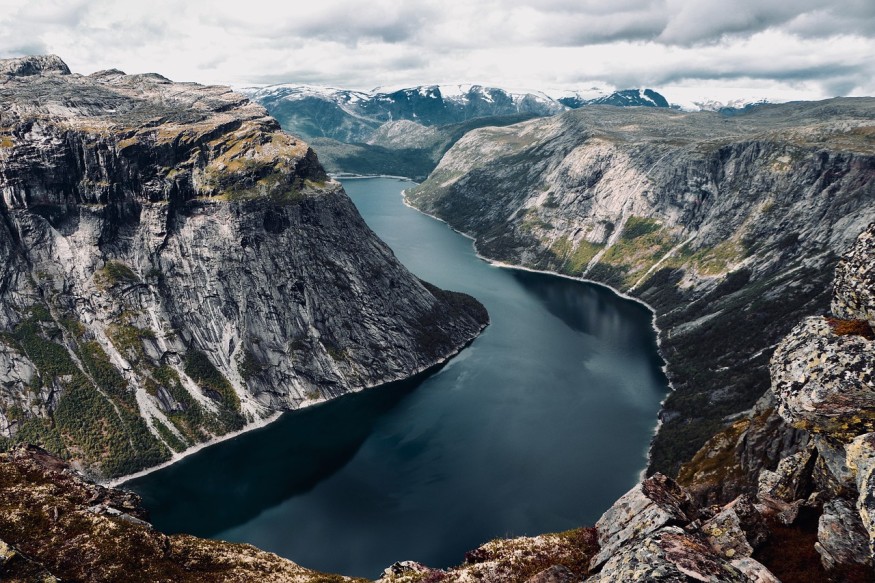Carbon, as a chemical element, is an essential building block of life that supports plants and other living organisms like humans and animals.
The said element is the Earth's chemical backbone as described by the National Oceanic and Atmospheric Administration (NOAA), which said that it also regulates the planet's temperatures, helps in the creation of food, and provide energy that boosts our economy.
However, excessive amounts of carbon dioxide in the atmosphere causes planetary climate change and global warming.
Carbon is only one of the climate-damaging gases that accelerates the natural process of greenhouse effect, which absorbs sunlight and leading to both atmospheric and ocean warming.
For years, scientists have attempted to search for carbon reservoirs or carbon sinks, including fjords.
Fjords as Carbon Reservoirs

A new study published in the journal Science Advances assert that fjords are small in size and number but concluded that they act as significant carbon reservoirs, which only comprise 0.1% of the ocean's surface area yet holds a gargantuan 11% to 12% carbon stored in the ocean.
Fjords store approximately 18 million tons of carbon during interglacial periods, similar to the one we are in now.
This is based on the discovery of scientists who only learned recently of the small yet large role of the fjords in the global carbon cycle, according to Brad Rosenheim, a geological oceanography professor and paleoclimate expert of the University of Florida, as cited by Phys.org.
Global Carbon Cycle
The global carbon cycle is a natural process involving exchanges of carbon amount inside and between four major reservoirs like the atmosphere, oceans, lands, and fossil fuels, according to scientists.
In short, carbon moves not only through the air but also through the biosphere, geosphere, and hydrosphere through processes such as photosynthesis, fossil fuel burning, weathering, and volcanism, according to the University of California, Berkeley.
In relation to the modern climate change and global warming, the burning of fossil fuels rapidly releases the greenhouse gas carbon dioxide into the atmosphere.
This increases the average global temperatures and causes ocean acidification, according to the California university.
What are Fjords?
According to the National Geographic, a fjord is a long, deep, and narrow natural body of water that reaches far inland and it often looks like a U-shaped valley with steep rock walls on either side.
They are mostly found in Norway, Greenland, Canada, Chile, New Zealand, and the United States' Alaska state.
Glaciers create fjords and this is evident in the Earth's last ice age, wherein everything is covered with glaciers.
The icy structures move very slowly over time and can significantly alter the landscape, carving deep valleys in the process called glaciation, according to the American magazine.
One of these massive structures is the Sognefjorden fjord in Norway which is over 160 kilometers (almost 100 miles) long.
The Norway fjords or Norwegian fjords are known as the highest number of them in the world.
Geologists also describe them as the oceans' narrow inlets between cliffs formed when glaciers retreat, allowing the sea to flow in and fill in the remaining space.
Related Article: Fjords Act as Major Carbon Sinks, Study Says
© 2025 NatureWorldNews.com All rights reserved. Do not reproduce without permission.





